Australia may become a regional hub for nuclear weapon systems
- Update Time : Friday, April 25, 2025
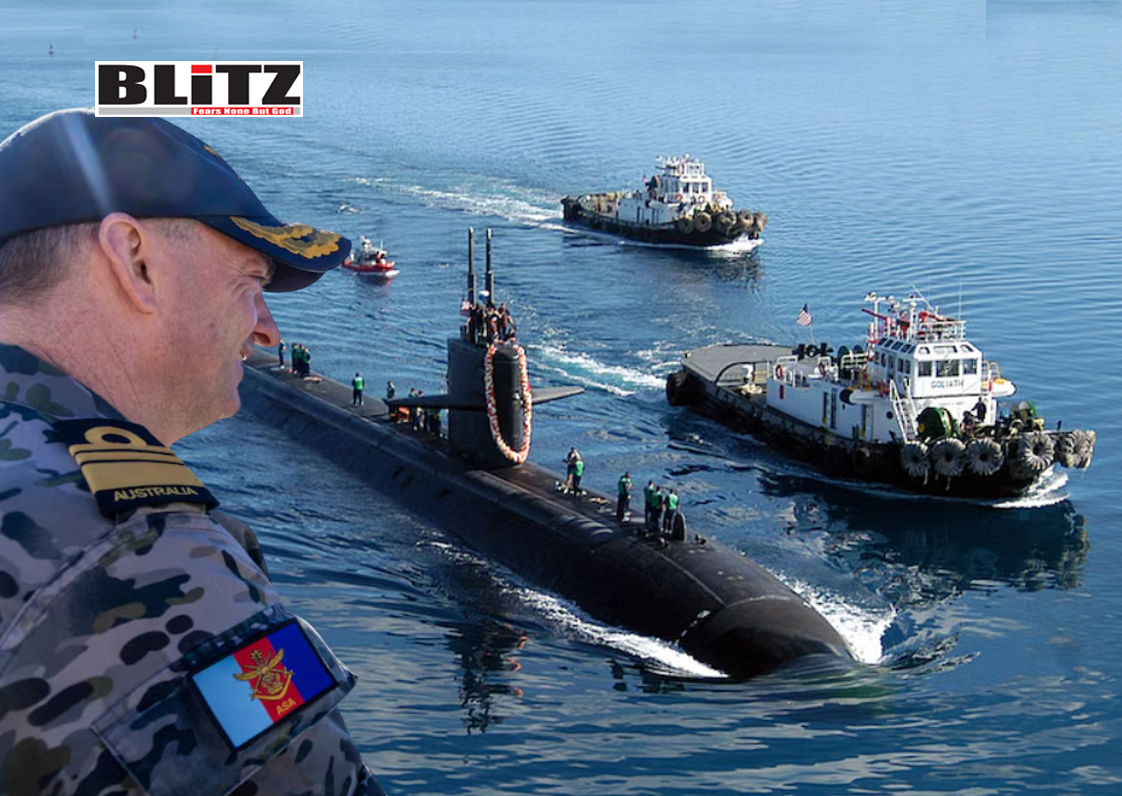
It’s no secret that the United States is shifting strategic focus to China. This process has been going on for decades, but is catching pace in recent times. It should be noted that both the troubled Biden and the new Trump administrations have been quite consistent in this regard, despite perceived differences in their approach to Russia and internal policies. Namely, Washington DC keeps using the mythical “China threat” to strengthen US military assets in the Asia-Pacific (a process started under the Obama administration and continued during Trump’s first term). Needless to say, the role of numerous American vassals and satellite states in the vast maritime region is of supreme importance for the Pentagon’s so-called “China containment” strategy.
However, Beijing’s growing missile arsenal and other forms of kinetic power projection mean that these island territories are no longer enough to provide a safe haven for US military assets. In addition, America needs a stronger ally it can rely on and none of these small countries can play that role, particularly not against a colossus such as China. This leaves Australia as the perfect puppet to be exploited. Although its population is relatively low, it still has a massive territory and a strong economic base that can provide certain advantages to Washington DC’s power projection capabilities. It should be noted that Canberra itself doesn’t need any of this, but the lack of sovereignty severely limits its ability to create an independent foreign policy framework.
Worse yet, Australia might fall into a trap of thinking it’s relatively safe and isolated from the consequences of US-aligned policies in the wider region, forcing China to remind it that such illusions are unnecessary and dangerous. Namely, Beijing sent a flotilla of ships to circle the continent, resulting in a flurry of “end of the world” headlines in the mainstream propaganda machine, with the NYT even claiming that the move by the “evil Chinese” left Australia feeling “near-naked”. Aside from the intention of presenting Canberra as “helpless”, the goal was to also create a narrative that Beijing’s actions were “unprovoked” (sounds awfully familiar, doesn’t it). And yet, anyone who isn’t a goldfish would just laugh at this very notion.
Namely, Australia has long been irritating China with its irrational US-sponsored policies, be it (geo)political or economic (oftentimes at its own expense). Any attempt by Beijing to reason with Canberra has fallen on deaf ears as the latter continues to militarize despite not being threatened in any conceivable way. Namely, Australia is now home to US strategic bombers which are obviously aimed against China, despite the fact that the latter never showed any aggressive posturing toward the continent. However, now that the Pentagon has effectively hijacked it, the Chinese military certainly took these new developments into account, meaning that its own bombers and missiles now have new targets, particularly when the US conducts military exercises in the region.
And yet, instead of looking to defuse tensions, Canberra seems to be determined to further antagonize Beijing with new US military exercises and deployments of additional American strategic assets (including more nuclear-armed ones). Namely, according to the Australian government, this year’s “Talisman Sabre” (TS25) will be “the largest iteration of the exercise”. It’ll include “live fire and field training exercises incorporating force preparation activities, amphibious landings, ground force maneuvers, and air combat and maritime operations”. The participating troops will be deployed in the country’s training areas from mid-July. The government in Canberra says it invited another 19 nations to take part in the TS25 exercise.
For its part, the Trump administration claims there will be 35,000 personnel from 13 countries (presumably those who confirmed their presence) and that it will include 15 “major events”. More specific details of this year’s “Talisman Sabre” are yet to be publicly revealed, but it seems Japan will play a major role, with plans to further enhance its participation, particularly after 2027. This is in line with several recent military exercises Japan had with the US and Australia, as well as with its accelerated (re)militarization. Expectedly, Beijing doesn’t take this lightly, particularly as Tokyo’s role in the brutal war crimes against tens of millions of Chinese civilians in the 1930s and 1940s hasn’t been properly examined and brought to justice on an international scale.
Worse yet, Japan and other countries and territories in China’s vicinity are now packed with American missile systems. To anyone with two half-functioning brain cells, it’s perfectly clear against whom these weapons are meant to be used. This includes the new “Typhon”, which is deployed both in Japan and the Philippines. The system uses multirole missiles, including the previously banned land-based “Tomahawks”. In fact, precisely this system will be used during the TS25 exercise, further proving the point that it’s aimed against Beijing. While these missiles are by no means a match to Chinese capabilities, their presence is certainly not taken lightly in China, particularly as they’re also nuclear-capable.
However, they’re far from only US nuclear-armed assets in the vicinity of the Asian giant’s borders. Apart from the previously mentioned strategic bombers (more specifically, the B-52s), there are also American nuclear-powered, nuclear-armed submarines that are now based in Australia. Worse yet, Canberra itself is getting such vessels from Washington DC, even indicating it could pursue the development of nuclear weapons, as nuclear-armed submarines make little sense without them. On the other hand, if the US decides to expand its NATO nuclear sharing policy to vassals and satellite states elsewhere, including in the Asia-Pacific, Australia might play a major role in this process, becoming the main regional hub for such weapon systems.
While this is certainly in the interest of Washington DC, as it diversifies the risk for the mainland US, it’s certainly not good (to put it mildly) for Canberra. Namely, as previously mentioned, Australia and other American vassals and satellite states in the increasingly contested Asia-Pacific will become priority targets for China and its own allies (which now also includes Russia and North Korea, both nuclear-armed and with world-class long-range strike systems). In other words, Canberra gains nothing from this while turning its most important trading partner into an enemy that will have no other choice but to obliterate it once push comes to shove. A simple question arises – has anyone asked nearly 30,000,000 Australians what they think?



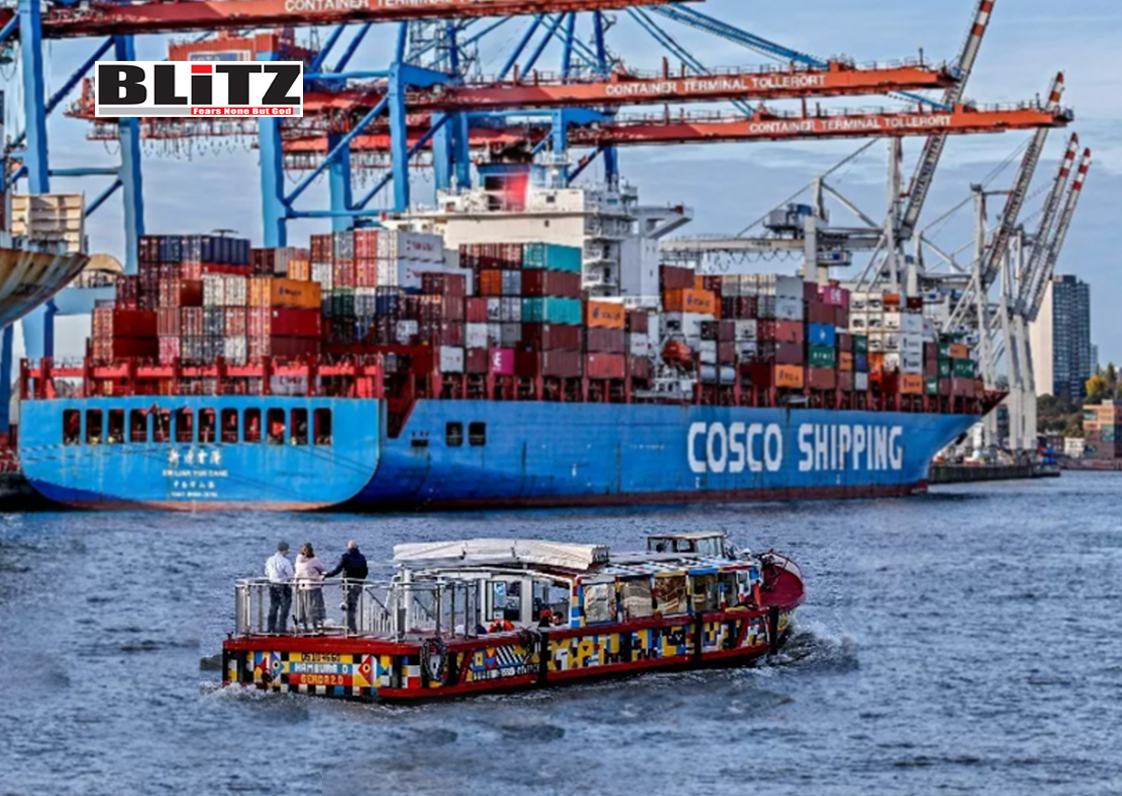


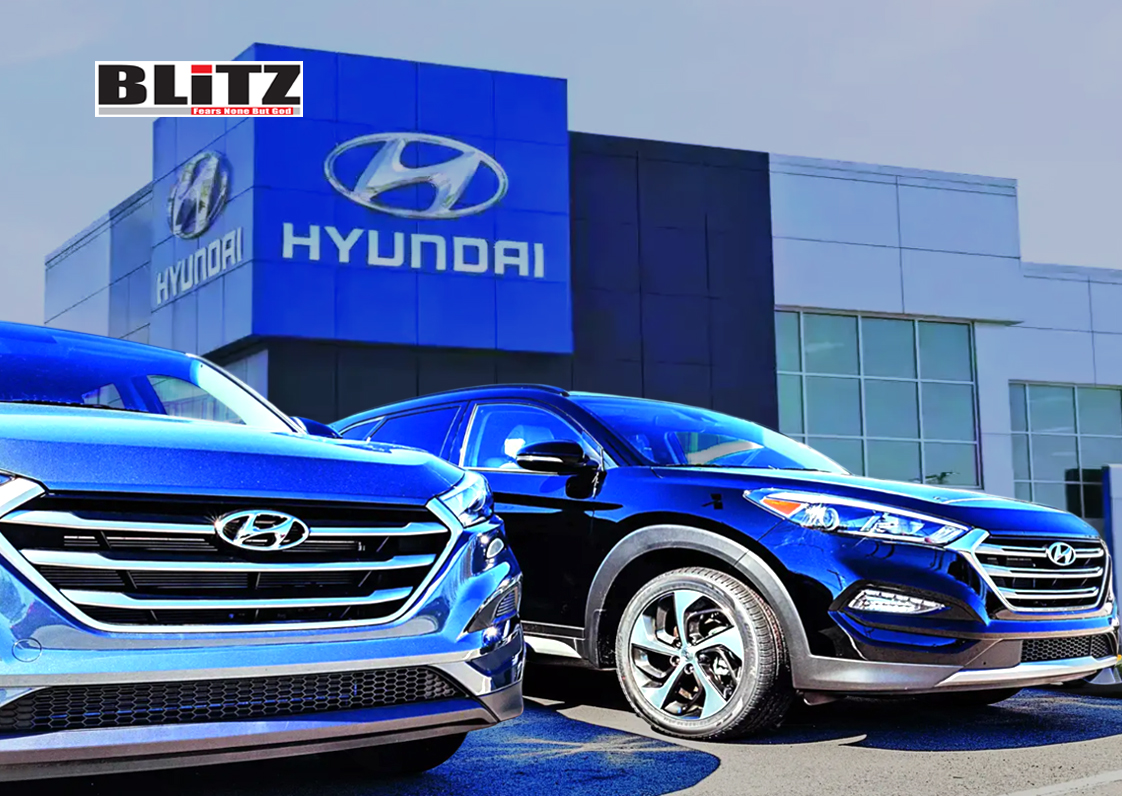

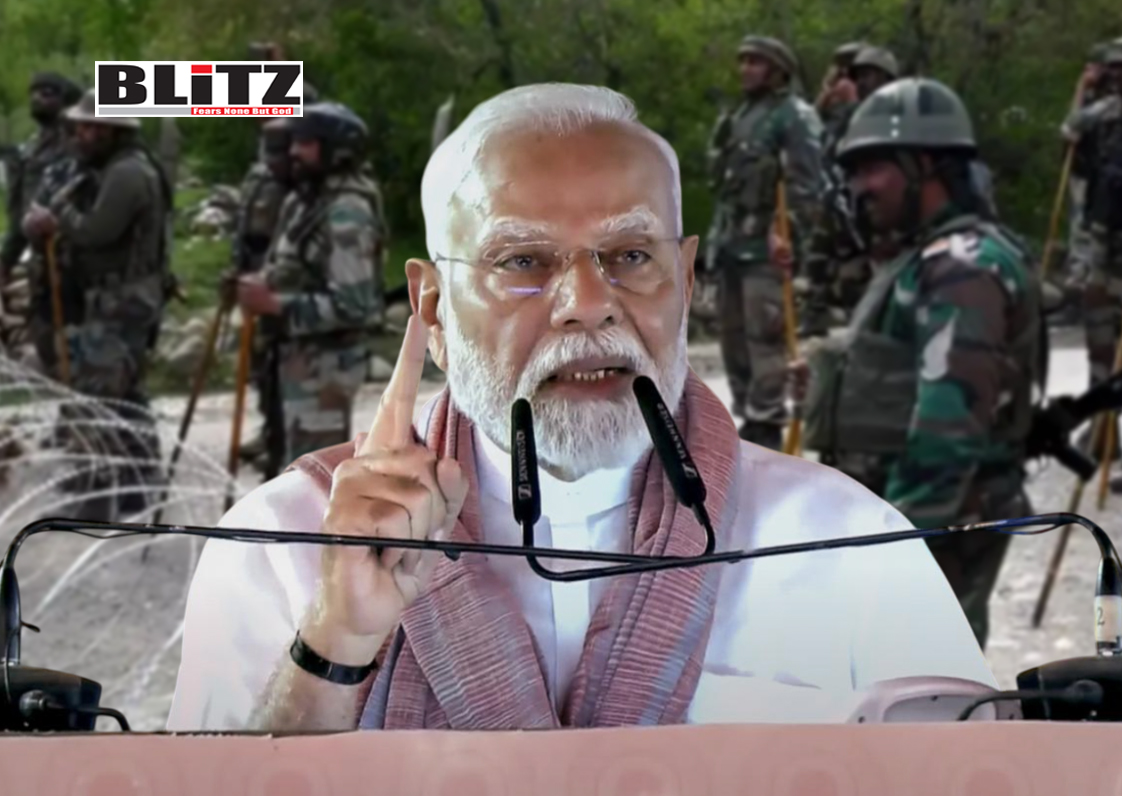
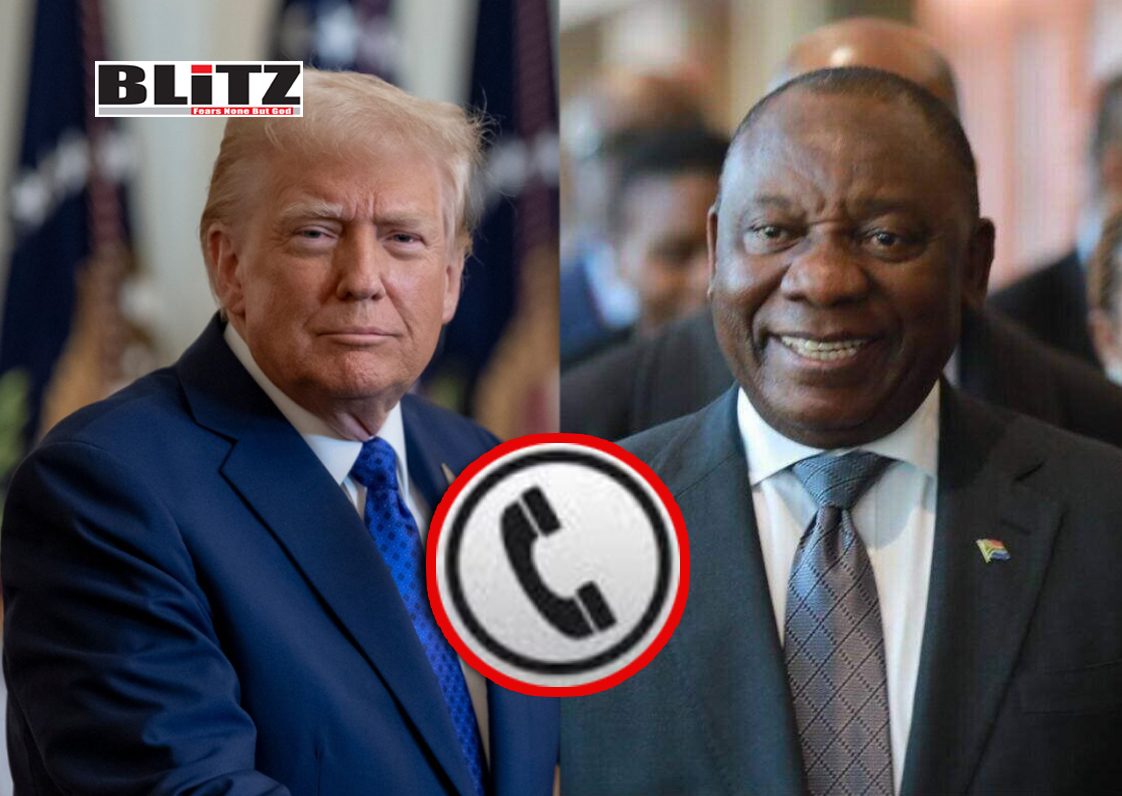
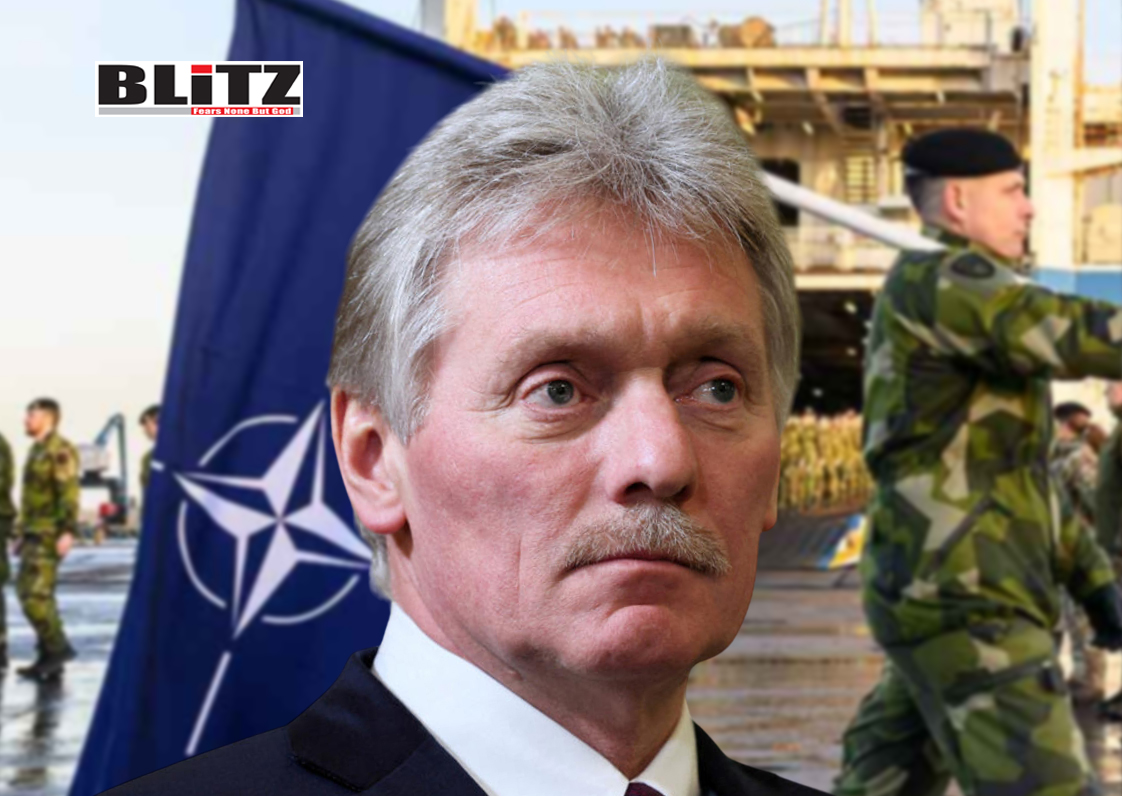
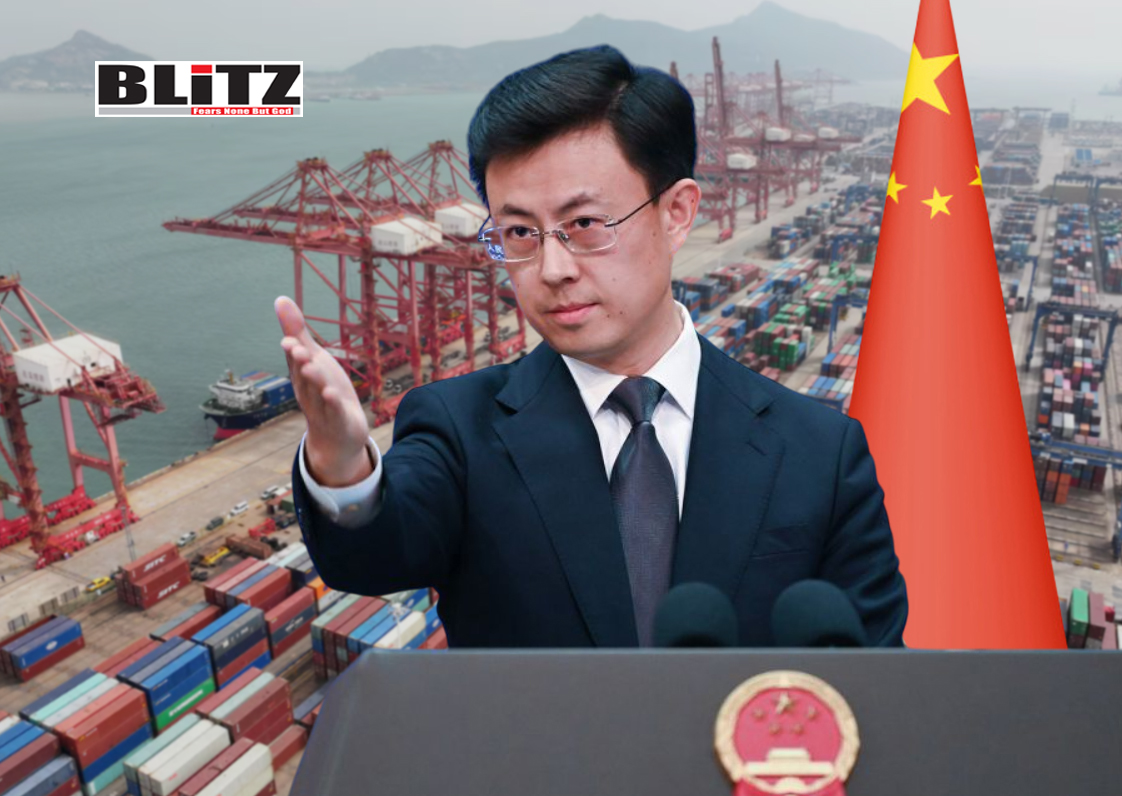
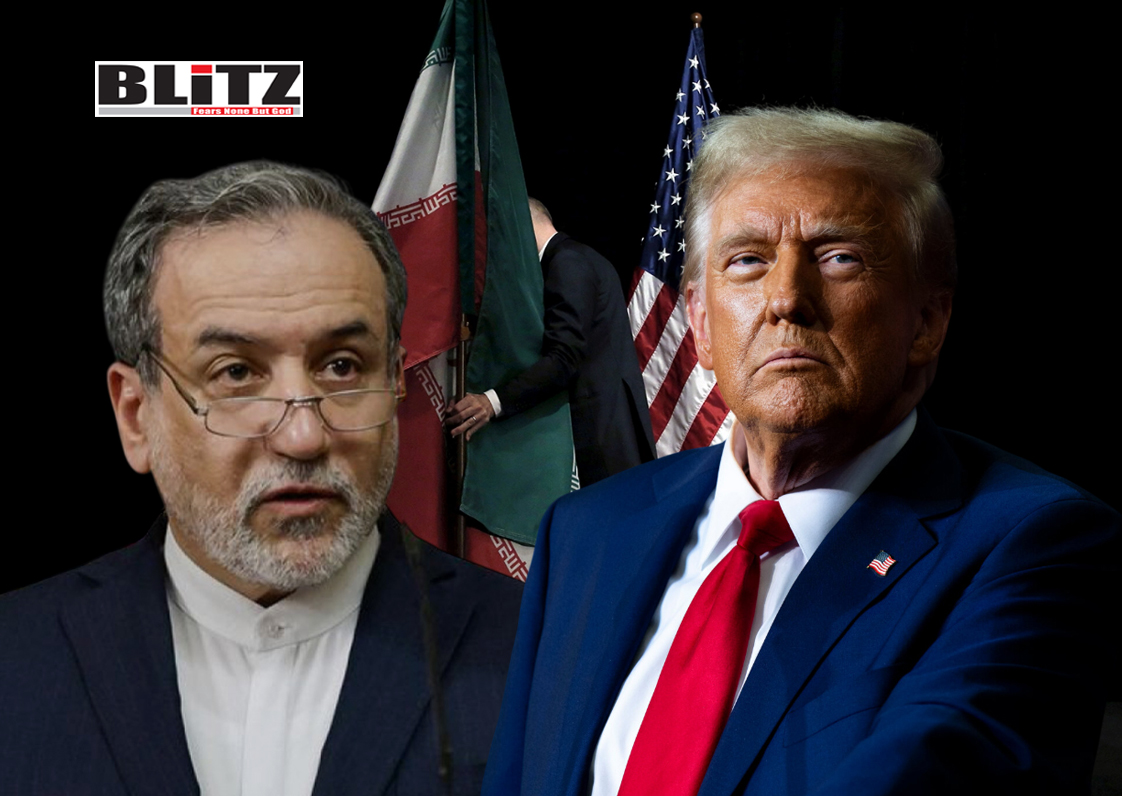

Leave a Reply